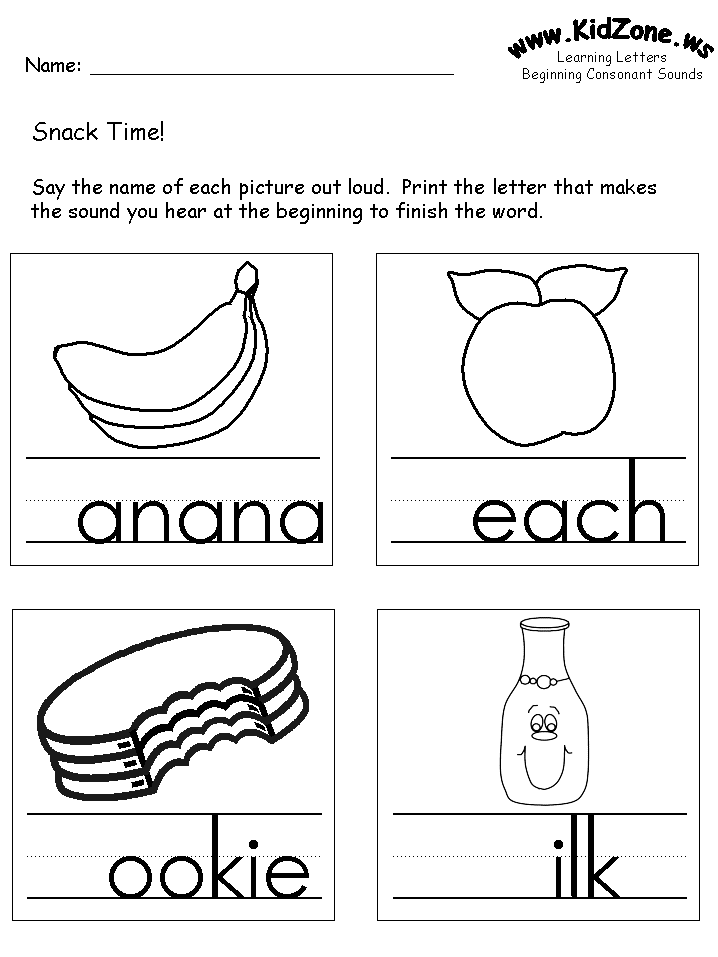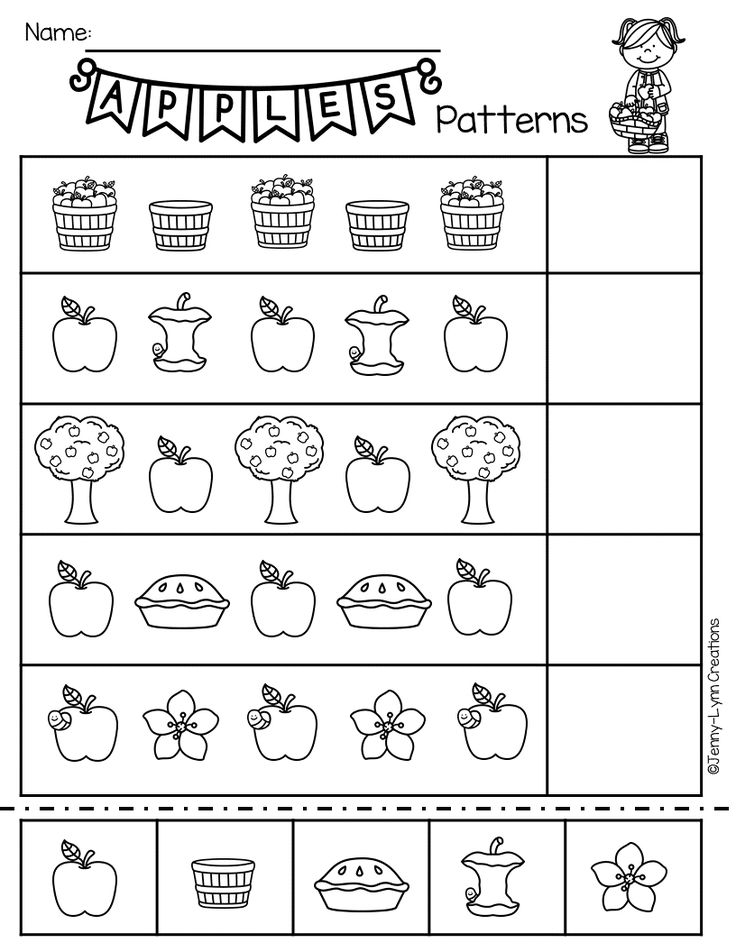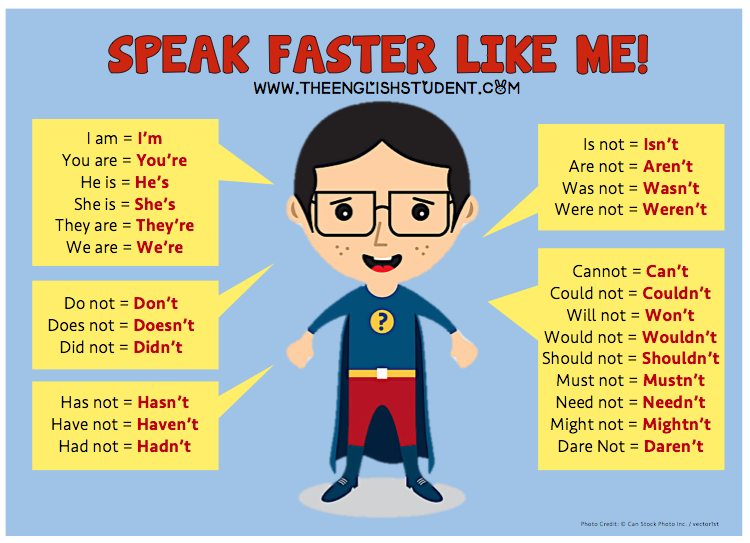Sound letters alphabet
Letter Sounds: How to Teach the Alphabet
Leave a Comment
- Share
- Tweet
Learning the alphabet typically occurs in steps, beginning with knowing the letter names. It typically begins with learning the ABC song, followed by identifying upper- and lower-case letters as well as different print styles (“a” and “g”). Lastly, a child must learn that each letter represents a sound.
Letter-Sounds
A child must learn each letter’s most common sound first. The table below contains each letter’s common sound as well as an example. If you click on the image above, you will get a PDF file containing alphabet flashcards.
| Letter | Sounds | Example | Letter | Sounds | Example |
|---|---|---|---|---|---|
| A | /a/ | apple | B | /b/ | book |
| C | /k/ | cat | D | /d/ | dog |
| E | /e/ | egg | F | /f/ | fish |
| G | /g/ | goat | H | /h/ | hat |
| I | /i/ | igloo | J | /j/ | jump |
| K | /k/ | kite | L | /l/ | love |
| M | /m/ | mouse | N | /n/ | nail |
| O | /o/ | octopus | P | /p/ | pig |
| Q | /kw/ | queen | R | /r/ | rabbit |
| S | /s/ | sun | T | /t/ | tiger |
| U | /u/ | up | V | /v/ | van |
| W | /w/ | win | X | /ks/ | fo x |
| Y | /y/ | yarn | Z | /z/ | zebra |
Both of my children learned each letters common sound using alphabet flashcards and a DVD – Leap Frog: Letter Factory
. There are many free apps and computer games that also help a child learn the letter sounds.
How to Teach the Alphabet
Educators recommend introducing the “easy” consonants first (high frequency & contrast) and then the short vowels. As noted in the table below, some sounds are more prevalent than others.
| Frequency | Consonant Sounds |
|---|---|
| Very Common (28% – 53%) | R, T, N, L & S -/s/ |
| Common (14% – 27%) | D, C-/k/, M, P & B |
| Less Common (3% – 9%) | F, V, G – /g/, H, J, K & W |
| Rare (Less than 2%) | Z, X-/ks/, Q-/qu/, and Y |
Some educators recommend introducing a few consonants and a short vowel so simple words can be formed. If you introduced the letters a, m, s and t, you could form words, e.g., am, as, at, sat & mat. This approach can form more words than if you introduce the letters in alphabetical order.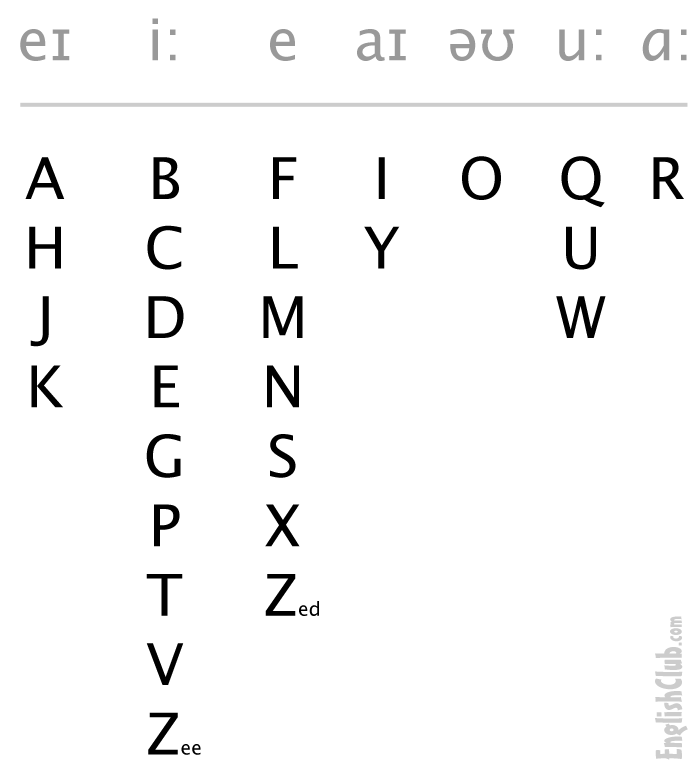
When selecting a few consonants, do not group confusing letters together, e.g., b/p, d/q, b/d, p/q, m/w & u/n. The following consonants are considered easy consonants (high frequency/contrast): T, N, R, M, D, S, L, C, P, B, F & V.
Related Articles
- Alphabet Coloring Pages
- Alphabet Activities
- Alphabet Worksheets
- How to Learn the Alphabet
- How to Write Your Name
Sources:
Fry, E.B., Ph.D. & Kress, J.E., Ed.D. (2006).
The Reading Teacher’s Book of Lists 5th Edition. San Francisco, CA: Jossey Bass.
Rath, L.K., Ed.D & Kennedy, L. (2004). The Between the Lions Book for Parents. New York, NY: Harper Collins.
Vaugh, S & Linan-Thompson, S (2004). Research-Based Methods of Reading Instruction. Alexandria, VA: ASCD.
Reader Interactions
Learn Pronunciation with Speak Method
The Sounds of the Alphabet: Learn Pronunciation with Speak Method| English Online with Speak Method |
|
| Online Classes | Pronunciation Facts | R, Th, T and other sounds | 500 Words Practice |
| Local Classes | Business Communication | TOEFL Prep | ESL Stories |
| Contact us | Vowel
Sounds |
Grammar and Idioms | For Young People |
With
this alphabet chart, understand how to say
the names of the letters and read about all the sounds of each letter
from the alphabet. These are the basic phonetic sounds for American English. To learn important sounds using free videos
online, go to Pronunciation in
English: 500 Words.
These are the basic phonetic sounds for American English. To learn important sounds using free videos
online, go to Pronunciation in
English: 500 Words.
|
Letter |
Sound of Letter Name |
All sounds of letter |
Examples |
|
A, a |
ā-ee (long a to long e, also spell "ay") |
, ā, ah, ā-uh, uh |
cat, late, all, and, around |
|
B, b |
Bee |
buh |
bike |
|
C, c |
See |
kuh, suh |
cake, city |
|
D, d |
Dee |
duh |
did |
|
E, e |
Ee |
eh, ee, silent |
bed, free, late |
|
F, f |
Ef |
fuh |
fed |
|
G, g |
Jee |
guh, juh |
glad, large |
|
H, h |
ā-ch |
huh, silent |
hotel, what |
|
I, i |
ah-ee |
ah-ee, ĭ |
light, sit |
|
J, j |
Jay |
juh |
jump |
|
K, k |
Kay |
kuh |
kite |
|
L, l |
El |
luh, ul |
lot, full |
|
M, m |
Em |
muh |
mother |
|
N, n |
En |
nuh |
nest |
|
O, o |
ō (oh) |
ah, ō, uh, oo, ů |
hot, slow, computer, fool, good |
|
P, p |
Pee |
puh |
put |
|
Q, q |
Kyoo (kyū) |
kwuh |
quick |
|
R, r |
Ah-r |
ruh, ur |
race, stir |
|
S, s |
Es |
suh, zuh |
stick, is |
|
T, t |
Tee |
tuh, duh, N, silent, stopped tuh |
table, better, mountain, interview, hot |
|
U, u |
Yoo (yū) |
uh, yoo, oo, ů |
up, use, flute, full |
|
V, v |
Vee |
vuh |
very |
|
W, w |
Dubōyoo |
wuh, silent |
well, slow |
|
X, x |
Eks |
ks, zuh |
box, xylophone |
|
Y, y |
Wah-ee |
yuh, ee, ah-ee (i), ĭ |
yes, happy, try, cylinder |
|
Z, z |
Zee |
zuh |
zebra |
|
|
|
|
|
pronunciation English
pronunciation Learn More Sound American: Change Your Speech The 500 Common English Words What is a Vowel? English Free Online |
Speakmethod. com: English
Pronunciation, Seattle, WA
com: English
Pronunciation, Seattle, WA
English online with Speak Method
letters and sounds in Russian (with audio)
4Mar 03/21/2022What letters and sounds are there in Russian? Which letters represent which sounds? What is the difference between soft and hard consonants? When is a consonant hard and when is it soft? Why do we need soft (b) and hard signs (b)?
Want to find answers to all these questions? Then read on!
Below you will find an interactive Russian alphabet with audio. For each letter [in square brackets], the sounds that it can stand for are indicated, as well as examples of words with this letter.
And here, for sure, two questions will immediately appear to you:
№1 Why do some letters have two sounds?
This is a feature of the Russian language. Some letters can represent two different sounds: a hard and a soft consonant. To clearly demonstrate this principle, I specially selected two examples for such letters: one with a hard consonant, and the other with a soft consonant.
Some letters can represent two different sounds: a hard and a soft consonant. To clearly demonstrate this principle, I specially selected two examples for such letters: one with a hard consonant, and the other with a soft consonant.
№2 Why are no sounds shown for 'ь' and 'ъ'?
These are soft and hard signs. By themselves, they do not represent any sounds. They show us how to read the previous consonant: a consonant before a hard sign will be hard, and a consonant before a soft sign will be soft.
Also, sometimes we need to separate a consonant from a vowel, and for this we will write one of these signs between them. This is how we distinguish, for example, the words “seed” [s′ém′ʌ] and “family” [s′im′jʌ́].
Now, when you listen to the audio, pay attention to these pronunciation features.
But how do you know when a consonant is hard and when soft?
Very easy! You need to look at the next letter.
- Before with a firm sign (b) , before other consonants and before the vowels A , O , in , E, Consistent sound - Twiro -firm .
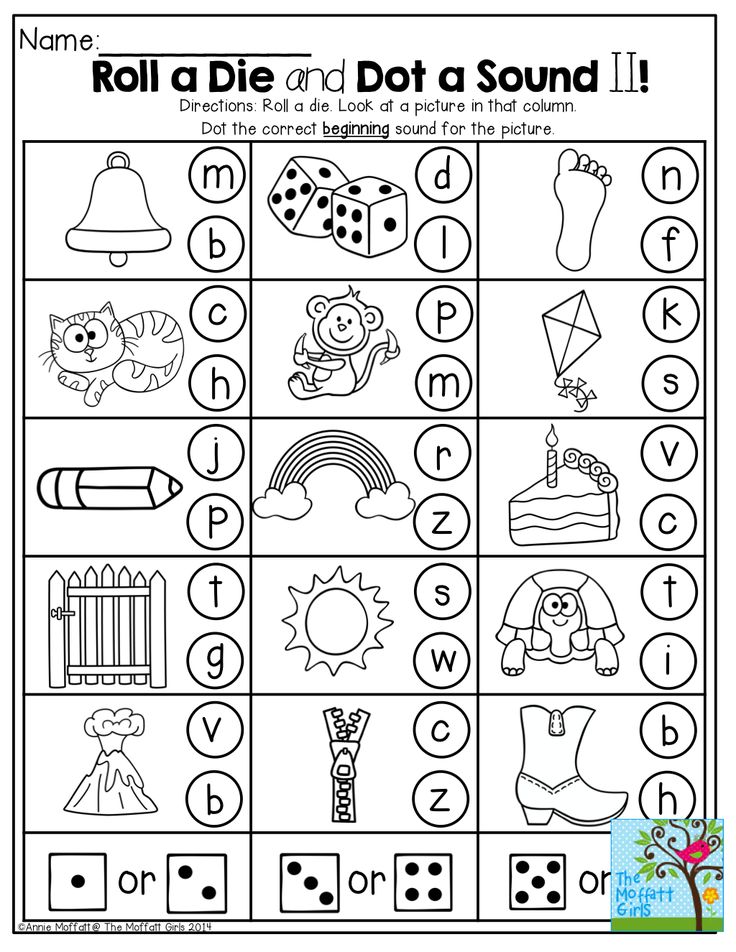
- Before Soft sign (b) and before the vowels I , ё , U E , and Consistent sound -
Now let's see what happens when we add a consonant to them. Take for example the syllable dya :
dya = d+i = d+d+a = d d +a = d′+a
See? This [th]-component makes the consonant soft!
Finally, let's move from theory to practice! Try to read these words. Do you understand them?
Pineapple, vase, banana, guitar, rocket, moon, mom, dad, hello, music, matryoshka, hat, lamp, movie, coffee, tea, lemon, chair, Saturday, dollar, ruble, Italy, America, Spain .
Were you able to read it? Did you understand all the words? (You can test yourself on the audio here).
Online Russian dictionaries: which one to choose? How to practice Russian when there is no one to speak Russian withMore posts
This website uses cookies to improve your experience.
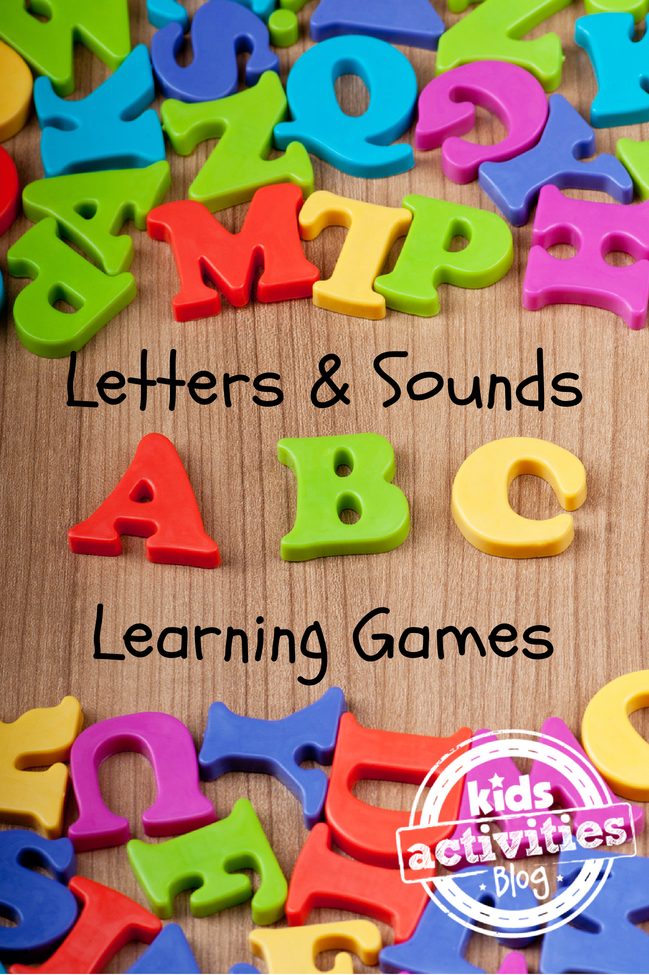 We'll assume you're ok with this, but you can opt-out if you wish. Accept Read More
We'll assume you're ok with this, but you can opt-out if you wish. Accept Read More Sounds and letters of the Russian language - scheme, table, transcription
0167 • What is sound?
• What sounds are there?
• How are sounds pronounced?
• Transcription of the word
• Color schemeSounds belong to the phonetics section. The study of sounds is included in any school curriculum in the Russian language. Acquaintance with sounds and their main characteristics occurs in the lower grades. A more detailed study of sounds with complex examples and nuances takes place in middle and high school. This page provides only basic knowledge of the sounds of the Russian language in a compressed form. If you need to study the device of the speech apparatus, the tonality of sounds, articulation, acoustic components and other aspects that are beyond the scope of the modern school curriculum, refer to specialized textbooks and textbooks on phonetics.
What is sound?
Sound, like words and sentences, is the basic unit of language.
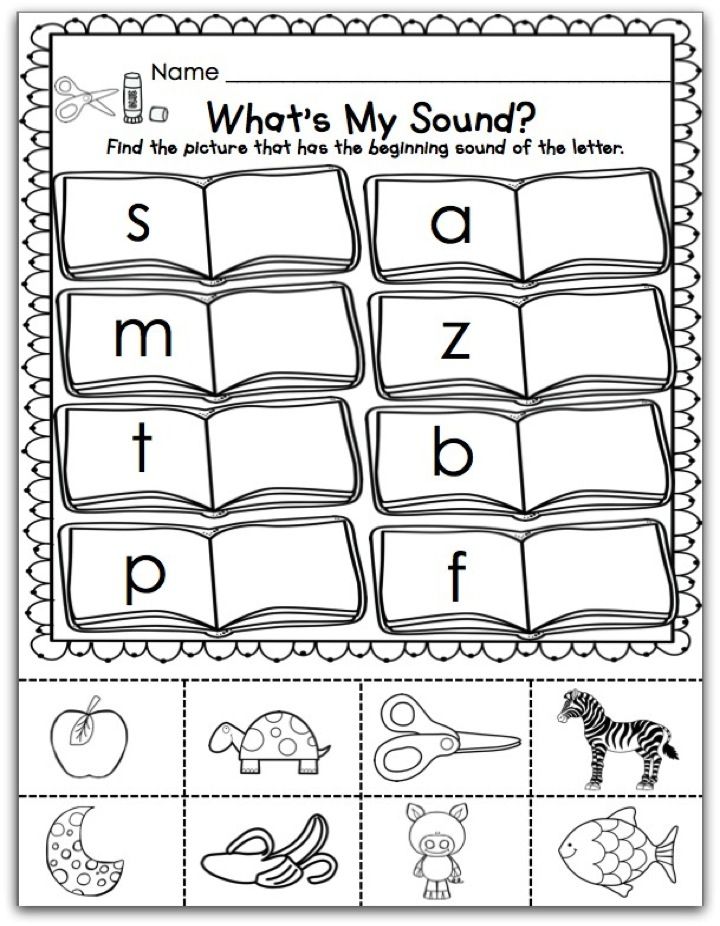 However, the sound does not express any meaning, but reflects the sound of the word. Thanks to this, we distinguish words from each other. Words differ in the number of sounds (port - sport, crow - funnel), set of sounds (lemon - estuary, cat - mouse), sequence of sounds (nose - dream, bush - knock) up to a complete mismatch of sounds (boat - boat, forest - park ).
However, the sound does not express any meaning, but reflects the sound of the word. Thanks to this, we distinguish words from each other. Words differ in the number of sounds (port - sport, crow - funnel), set of sounds (lemon - estuary, cat - mouse), sequence of sounds (nose - dream, bush - knock) up to a complete mismatch of sounds (boat - boat, forest - park ). What sounds are there?
In Russian, sounds are divided into vowels and consonants. There are 33 letters and 42 sounds in Russian: 6 vowels, 36 consonants, 2 letters (ь, ъ) do not indicate a sound. The discrepancy in the number of letters and sounds (not counting b and b) is due to the fact that there are 6 sounds for 10 vowels, 36 sounds for 21 consonants (if we take into account all combinations of consonant sounds deaf / voiced, soft / hard). On the letter, the sound is indicated in square brackets.
Scheme 1.
There are no sounds: [e], [e], [yu], [i], [b], [b], [g '], [w '], [c '], [th], [h ], [sch].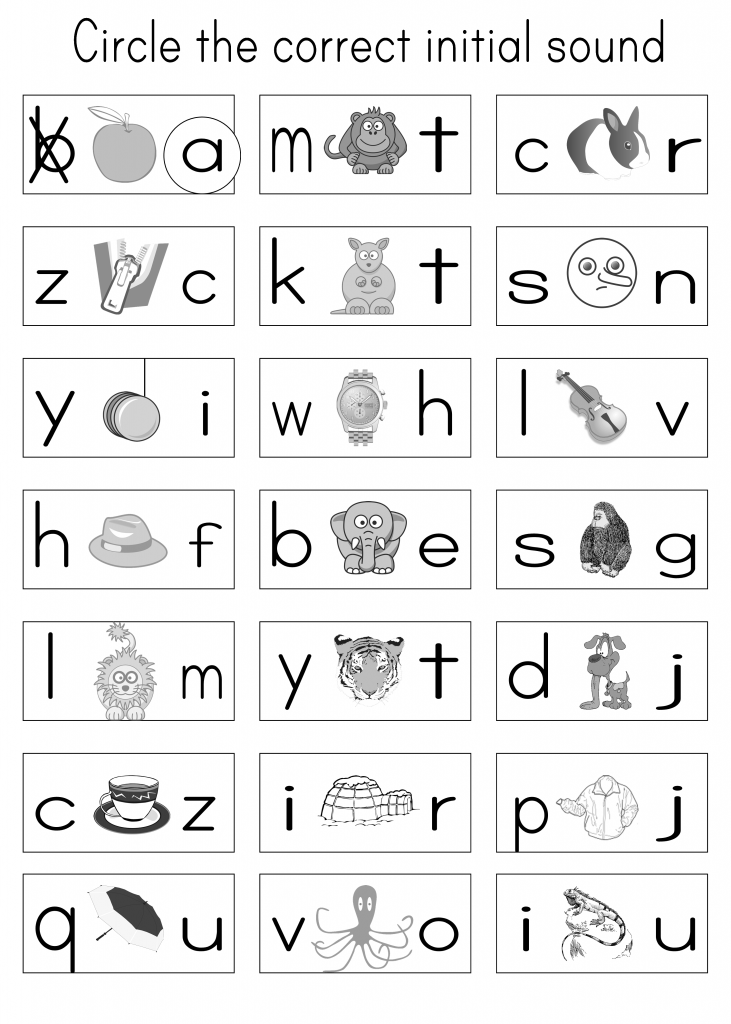 Letters and sounds of the Russian language. Scheme 1.1. Letters and sounds of the Russian language. Scheme 1.2. Vowels and sounds of the Russian language. Scheme 1.3. Consonants and sounds of the Russian language. Scheme 1.4. Russian letters that do not represent sounds.
Letters and sounds of the Russian language. Scheme 1.1. Letters and sounds of the Russian language. Scheme 1.2. Vowels and sounds of the Russian language. Scheme 1.3. Consonants and sounds of the Russian language. Scheme 1.4. Russian letters that do not represent sounds. How are sounds pronounced?
We pronounce sounds while exhaling (only in the case of the interjection “a-a-a”, expressing fear, the sound is pronounced while inhaling.). The division of sounds into vowels and consonants is related to how a person pronounces them. Vowel sounds are pronounced by the voice due to the exhaled air passing through the tense vocal cords and freely exiting through the mouth. Consonant sounds consist of noise or a combination of voice and noise due to the fact that the exhaled air meets an obstacle in its path in the form of a bow or teeth. Vowel sounds are pronounced loudly, consonant sounds are muffled. A person is able to sing vowel sounds with his voice (exhaled air), raising or lowering the timbre.
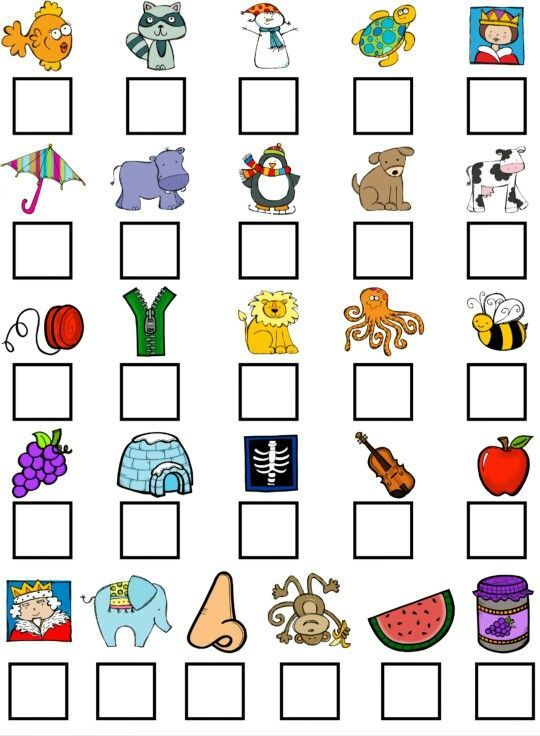 Consonant sounds cannot be sung, they are pronounced equally muffled. Hard and soft signs do not represent sounds. They cannot be pronounced as an independent sound. When pronouncing a word, they affect the consonant in front of them, make it soft or hard.
Consonant sounds cannot be sung, they are pronounced equally muffled. Hard and soft signs do not represent sounds. They cannot be pronounced as an independent sound. When pronouncing a word, they affect the consonant in front of them, make it soft or hard. Transcription of a word
Transcription of a word is a recording of sounds in a word, that is, in fact, a record of how the word is pronounced correctly. Sounds are enclosed in square brackets. Compare: a is a letter, [a] is a sound. The softness of consonants is indicated by an apostrophe: p - letter, [p] - hard sound, [p '] - soft sound. Voiced and voiceless consonants are not marked in writing. The transcription of the word is written in square brackets. Examples: door → [dv'er '], thorn → [kal'uch'ka]. Sometimes stress is indicated in transcription - an apostrophe before a vowel stressed sound.
There is no clear correspondence between letters and sounds. In the Russian language, there are many cases of substitution of vowel sounds depending on the place of stress of a word, substitution of consonants or dropping out of consonant sounds in certain combinations.
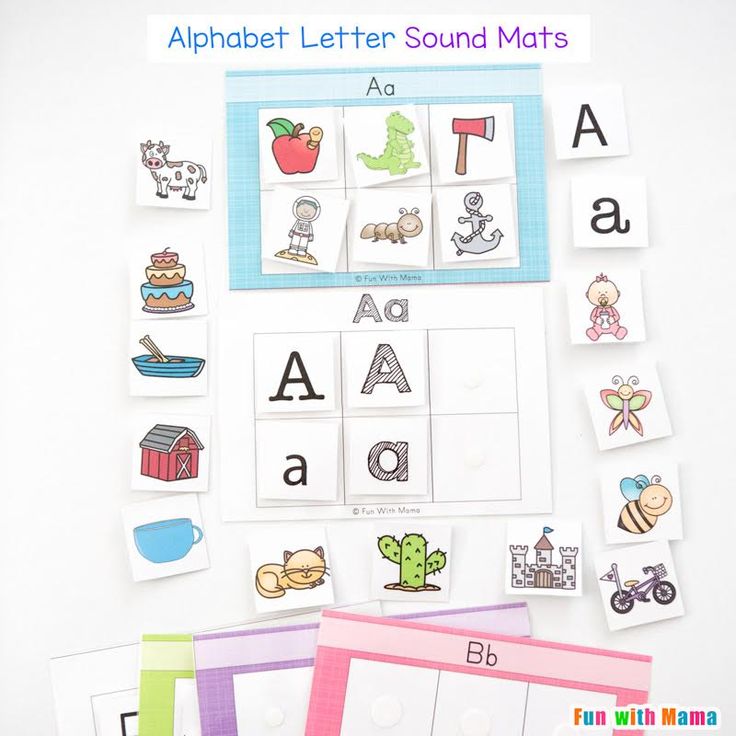 When compiling a transcription of a word, the rules of phonetics are taken into account.
When compiling a transcription of a word, the rules of phonetics are taken into account. Color scheme
In phonetic analysis, words are sometimes drawn with color schemes: letters are painted with different colors depending on what sound they mean. Colors reflect the phonetic characteristics of sounds and help you visualize how a word is pronounced and what sounds it consists of.
All vowels (stressed and unstressed) are marked with a red background. Iotated vowels are marked green-red: green means a soft consonant sound [y ‘], red means the vowel following it. Consonants with solid sounds are colored blue. Consonants with soft sounds are colored green. Soft and hard signs are painted in gray or not painted at all.
Vowels0204 Consistent CU zh zh zhb z k l m hhhhh b, b b - vowel, vowel, vowel, vowel. - hard consonant, - soft consonant, - soft or hard consonant, - does not mean a sound.
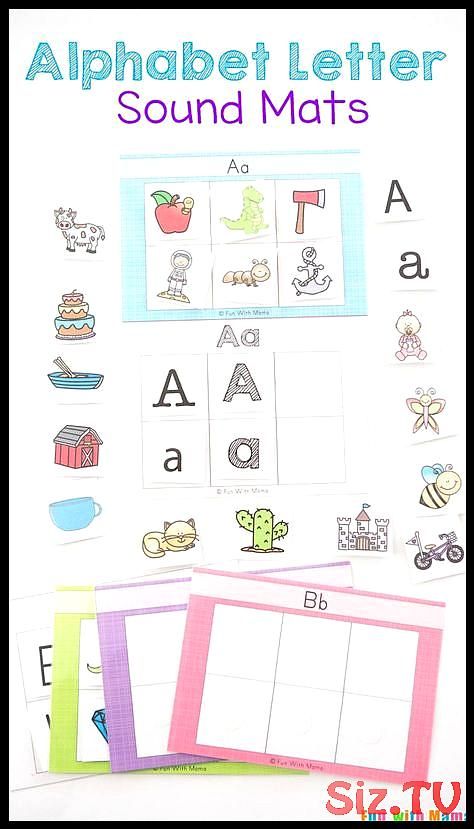
Learn more

.jpg)
